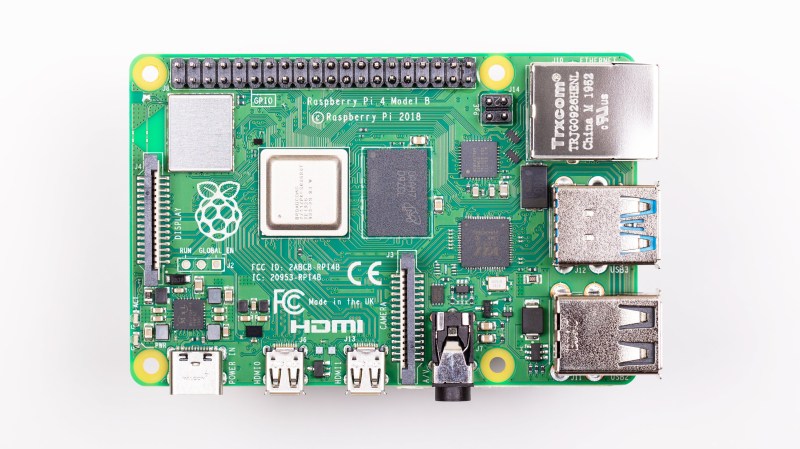We’re all familiar with a typical configuration sequence for a new mass-market IoT device. Turn it on for the first time and it exposes a temporary Wi-Fi network, connect to that network and open a Web page for device configuration. Wouldn’t it be useful to be able to incorporate that functionality into your own projects without having to write it yourself! Happily now thanks to [Peter Walsh] you can, with his AppDaemon project for the Raspberry Pi.
At its heart is a set of Perl scripts that run whatever your software is, then monitor a GPIO. A button press toggling the GPIO stops the application and fires up the access point and web server. Handily the code can all be found in a GitHub repository, and there is a run-through of the features in a video that we’ve placed below the break. It’s not something that will appeal to everybody, but for anyone who has to pass their work onto people who can’t dive into a config file and break out the editor, it should be a particularly useful addition to the armoury.
















Looks good and simple. I have an rPiZW project running NodeRed controlling a hydroponics garden and this will make a nice starting point to setup user parameters(wifi/network, email notification, etc) before starting the node red server. Thx
Please send along any bugs you find.
I hired a kid to do some unit testing, but he only started yesterday.
–Pete
In the event it was I who made that comment, I don’t recall doing so, or I lost my claim to Doug to be associated with my email address.
I don’t think we’ve ever had a claim to a name and an email address. I know there has been at least one other Shannon on HaD
What’s been with these paragraph articles with a video attached? I’d rather read than watch.
At very least, please include a URL for the video.
Not all browsers support embedded content.
Where you are using a browser that doesn’t support embedded content, I have to assumed your ar super sensitive about security. In the event that is true, why would you click on any URL prodided?
lynx… lol probably cant post this comment either.
the git repo link is there and since it’s not a Hackaday.io project it’s always been basic info with links to get more.
While nothing I see myself needing, anytime soon; I placed this article in my RasPi bookmarks folder
Great work indeed! Something akin to this is (was) on my to-do list in the next few weeks. Thanks for your efforts and kudos to you.
This is amazing! I’d totally use it if I still used non-networkmanager systems!
Just to be clear, this works with network manager systems as well.
The important bit is that it doesn’t need a monitor and keyboard. If a non-technical person (think: “grandma”) purchases a device, they can configure it using their phone.
They might not have a spare monitor and keyboard, their monitor might have a different style HDMI or DVI connector, and their only keyboard might be part of a laptop.
This is a good implementation of a pretty old paradigm, but I wouldn’t classify it is as Easy. I have an open source project that relies on configuring the Pi’s wifi and [non-techie] users tended to have a very hard time with the concept of connecting to an isolated wifi network and using it to connect to their available wifi network. It isn’t helped by the fact that phone OSes tend to ignore the isolated wifi connection if it doesn’t have an internet connection. I’ve implemented the wifi hotspot paradigm, the edit a config file on the boot partition paradigm (not the wpa_supplicant file which is far to confusing), checking for a config file plugged into USB mass storage on boot, and finally just made the image downloader bake in wifi credentials for users.
With all the IoT devices, you’d think we’d have a better, secure way of doing it by now other than how most products do it, which is to automate the isolated wifi hotspot connection using a custom phone app. Alexa devices use a hidden wifi network to pass wifi credentials, which isn’t great. Non-tech users don’t even know about WPS buttons. I long for a truly EASY DEVICE CONFIGURATION FOR YOUR PI PROJECTS.